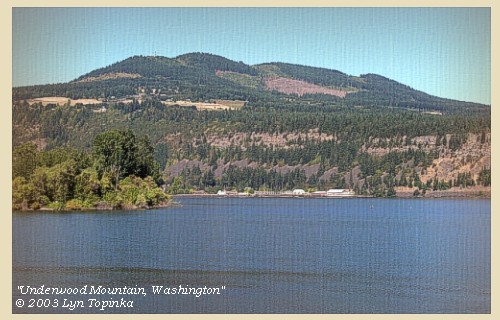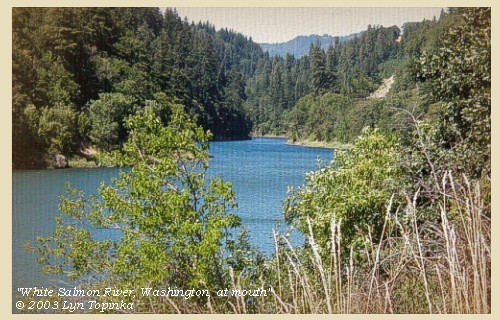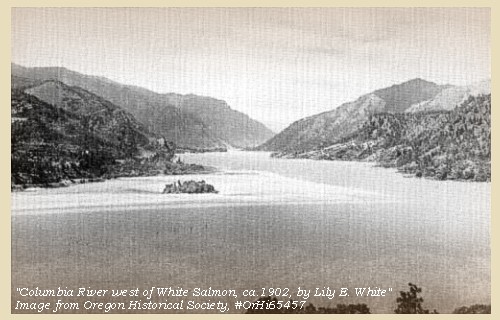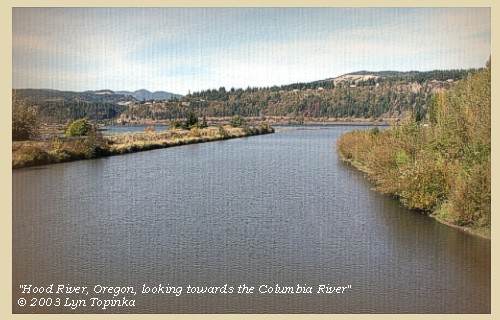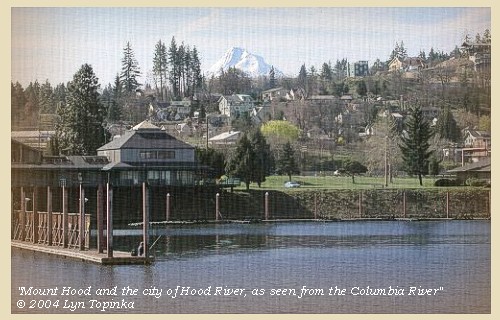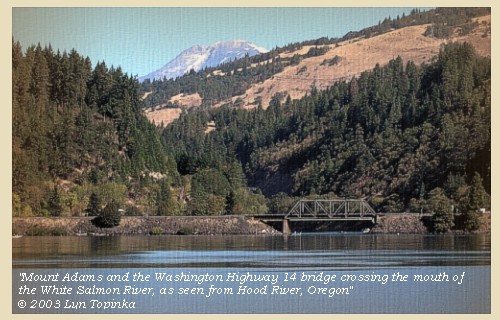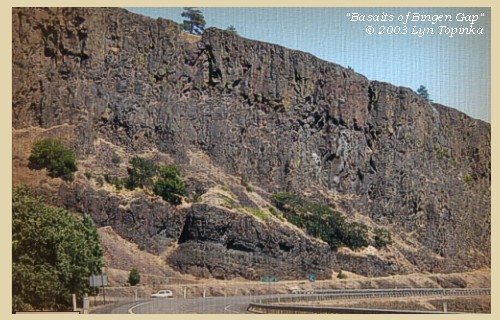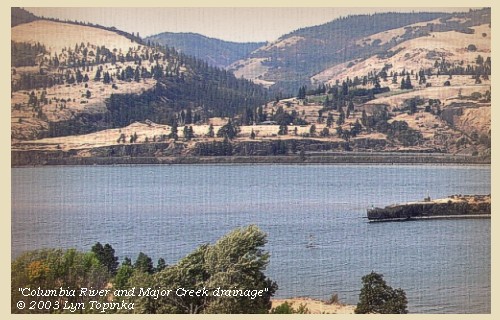The Volcanoes of
Lewis and Clark
Lewis and Clark
|
April 14, 1806 Columbia River Gorge - Dog Mountain to Major Creek |
|
Home
The Volcanoes of Lewis and Clark Map of the Journey Volcanoes, Basalt Plateaus, Major Rivers, etc. The Volcanoes Mount Adams, Mount Hood, Mount Jefferson, Mount Rainier, and Mount St. Helens CALENDAR of the Journey October 1805 to June 1806 Along the Journey Pacific Northwest Maps - Columbia River, Volcanoes, Flood Basalts, Missoula Floods, Geology, etc. The Corps of Discovery The Journey of Lewis and Clark About the Reference Materials The Journals, Biddle/Allen, DeVoto, Gass, Moulton, Topo Maps, and others USGS Lewis and Clark Links Links to USGS Websites highlighting the Lewis and Clark Journey Resources Publications Referenced and Websites Visited |
PREVIOUS
April 13 Columbia River Gorge, Cascade Locks to Dog Mountain |
April 14
Columbia River Gorge, Dog Mountain to Major Creek Underwood Mountain, White Salmon River, Columbia River west of White Salmon, Hood River and Hood River Valley, Mount Hood, Mount Adams, Bingen Gap Basalts, Major Creek |
CONTINUE
April 15 Columbia River Gorge, Major Creek to The Dalles |
|
Heading for Home - April 1806
Columbia River Gorge - Dog Mountain to Major Creek |
| Lewis and Clark's camp of April 13, 1806, was on the Washington side of the Columbia near Dog Mountain, between Collins Creek and Dog Creek. |
| Monday, April 14, 1806 |
| In the morning, they all joined us with four more deer. After breakfast we resumed our journey, and though the wind was high during the day, yet by keeping along the northern shore, we were able to proceed without danger. ...... |
| A few miles upstream of Dog Mountain and just below the White Salmon River is Underhill Mountain. Underhill Mountain is a Pleistocene volcano. |
| At one o'clock we halted for dinner at a large village situated in a narrow bottom, just above the entrance of Canoe creek [White Salmon River]. ...... |
| Across from the White Salmon River, on the Oregon side, is Hood River. Hood River is one of the main tributaries of Mount Hood. Lewis and Clark mention seeing Hood River "the mouth of a Small river 40 yards wide on the Lard. Side" on their journey downstream (October 29, 1805), but make no mention of it here. |
| "... Sergt. Pryor & men returned with Drewyer & the two Fields they had killed 4 deer. we then departed and proceed on verry well passed Labuche River on N. Side about noon the wind rose so high form the N. W. that we came too at a village on the N. Side ... Mount Hood appears near the River on the South Side which is covd. thick with Snow & very white the wind high we delayed about 2 hours and proceed. on ..." [Ordway, April 14, 1806] |
| While Lewis and Clark did not mention spotting Mount Adams, it is visible from this section of the Columbia River. |
| After dinner we proceeded, and passing at the distance of six miles, the high cliffs on the left [Bingen Gap], |
| encamped at the mouth of a small run on the same side [Major Creek]. ...... |
|
|
|
The Camp - April 14, 1806:
Lewis and Clark's camp of April 14, 1806, was on the Washington side, on the east bank of Major Creek, across from Memaloose Island. |
| Home | Previous | Continue |
If you have questions or comments please contact: GS-CVO-WEB@usgs.gov
June/July 2004, Lyn Topinka
The Volcanoes of Lewis and Clark Home Page | CVO Home Page


